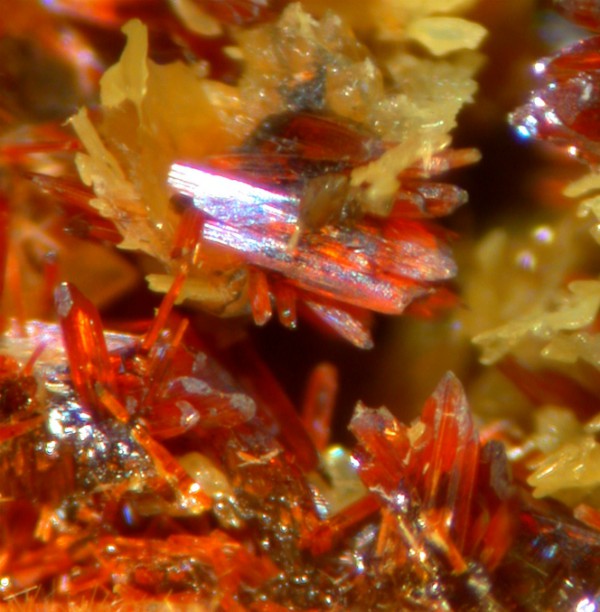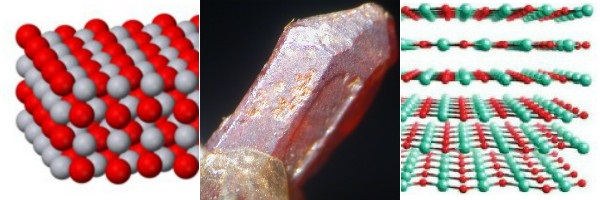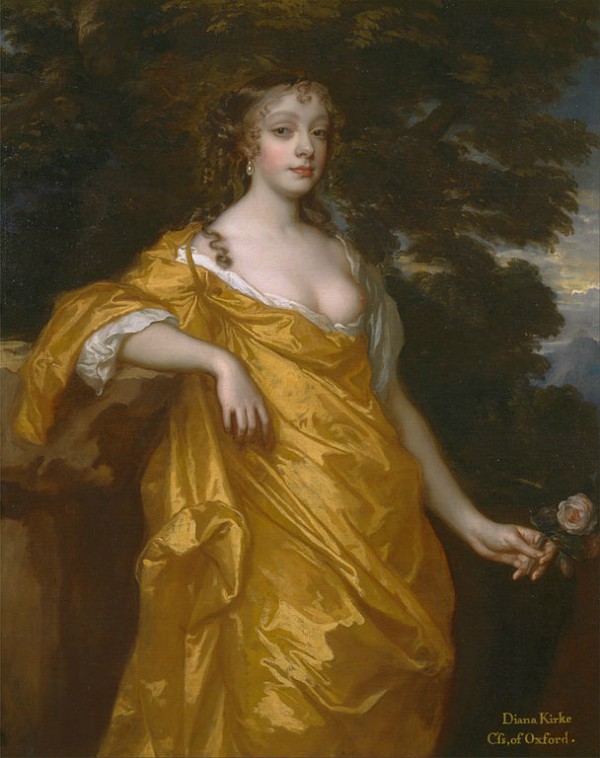 Terlingua 1936
Terlingua 1936
The Terlingua quicksilver district is a narrow, east-west area about 20 miles long, in the southern part of the Big Bend region of southwestern Texas. The cinnabar deposit was discovered by Comanche Native Americans, who used it for war-paint and petroglyphs. Commercial exploitation began in 1888, when Jack Dawson extracted the first Terlingua quicksilver. The area produced more than 150,000 flasks of mercury (5.2 million kg).

"The cinnabar is roasted in the furnace on the right, and the mercurial vapour given off in the process is conveyed to the condensers on the left, eight in number, where it is cooled to the liquid form."
The principal ore was cinnabar, but other, much rarer mercury minerals were first found at Terlingua. These include (left to right) -

- Comancheite (TL) Hg2+55N3–24(NH2,OH)4(Cl,Br)34
- Eglestonite (TL) (Hg2+2)3OCl3(OH)
- Gianellaite (TL) [(NHg2)2](SO4)(H2O)x
- Kleinite (TL) (Hg2N)(Cl,SO4) · nH2O

- Mosesite (TL) (Hg2N)(Cl,SO4,MoO4) · H2O
- Pinchite (TL) Hg2+5Cl2O4 (photo of Bill Pinch)
- Terlinguacreekite (TL) Hg2+3Cl2O2
- Terlinguaite (TL) (Hg2+2)Hg2+2Cl2O2
With chemical formulas like that, this post could drive away non-chemists in their droves, even molybdenum gets a look in! Suffice to say, there’s been some extremely interesting chemistry going on at the Terlingua quicksilver lode. We’ll just look at a binary compound, another type-locality mineral from Terlingua, Montroydite. It has a friendly formula - HgO. Mercuric oxide.
 Scarlet Montroydite & Pale Yellow Egglestonite. Terlingua, Texas.
Scarlet Montroydite & Pale Yellow Egglestonite. Terlingua, Texas.

Priestley discovered oxygen in 1774. A few years later Lavoisier disproved the phlogiston theory. They both used a chemical they prepared in their laboratories, “Red Calx of Mercury,” for their experiments. Mercuric Oxide. These great scientists would have been slightly interested, perhaps bemused, to find out that their red calx naturally crystallises into scarlet, transparent bendable crystals in Spanish Texas.
 Montroydite, Egglestonite, Terlinguaite & Mercury, Terlingua, Texas
Montroydite, Egglestonite, Terlinguaite & Mercury, Terlingua, Texas

Named after Montroyd Sharp, owner of the Terlingua quicksilver deposit, Montroydites crystal structure at a molecular level shows that the weak bonding between layers could allow slippage along that plane. This is what is responsible for the remarkable ability of long crystals to be bent into permanent shapes. The crystal structure is apparently governed by relativistic effects.
Montroydite crystals and their bendiness, excellently described in the following pages from the definitive 1909 work, The Mercury Minerals from Terlingua, Texas -











The diversity of montroydite crystals can be seen in the above collage. For more detailed description, refer to the original paper, page here. The long crystal form (at middle-right) with the needle point, can be seen in this specimen (Socrates Mine, Sonoma County, California), sold via e-Rocks -

The gross output of quicksilver at Terlingua, although huge, pales into insignificance, compared with the 100 million kilograms of Hg produced, over 500 years, from a picturesque little village in Slovenia. Going back to the 1600s, and crossing the Atlantic...
Forced labour inside a lethal quicksilver mine for Count Alberti

Idrija mercury mine, in 1679. It looks quite quaint, doesn’t it?.... When you’re dying of chronic mercury poisoning, toothless, emaciated, mind gone, salivating profusely, suffering convulsions and trembling of the limbs, trudging through the toxic atmosphere to the forehead for the next shift, - it was a living hell.
The mine used forced labour, criminals sent down to work until, on average two years later, their inert bodies again saw the light of day. It was hot, 850 feet down in rock. Native mercury globules were everywhere. Rivulets and pools of quicksilver gathered in the passageways. The mercury slowly evaporates, turning the very air the miners breathed into a poisonous miasma.
Even very dilute concentrations of mercury vapour, inhaled over many years, has dire consequences for the human body - especially the brain. Michael Faraday suffered from micromercurialism, just from the constant presence of mercury in his lab. The Idija mine’s Hg/air concentration was a couple of magnitudes above that of Faraday’s inhalation.
Here’s a horrific account of the Idrija (also known as Idria) mercury mines, with reference to poor Count Alberti, from The Gallery of Nature and Art, Edward Polehampton, 1815 -







So…. why were the mine-owners working criminals to death? A rope would have been more humane. Regular workers at Idrija commanded high wages and benefits, such was the known danger of trading health and lifespan for daily existence. The mine owners took in criminals because they were free, and didn't need to be taken to the surface until the end….
This callous disregard of human dignity was because fortunes could be made with quicksilver. Idrija, together with Almadén mercury mine in Spain, were the world's predominant suppliers for the metal, then in high demand for mirrors, the gold and silver mines of Hungary and Transylvania, and scientific equipment. Mercury was also used for medicinal or cosmetic purposes -
“Some lady has scattered her diamonds!”
The medicinal use of mercury was widespread during the time of the Reformation. In demand for treating syphilis, typhoid and parasites, quicksilver also enjoyed widespread use by the “ladies of the court,” and women of means, for cosmetic purposes.
In 2001, the National Portrait Gallery, London opened a new exhibition, Painted Ladies. It featured the work of Sir Peter Lely, dominant portrait painter to the court of Charles II. Unfortunately the poster advertising the exhibition was banned from the London Underground. Because it showed a portrait of Diana Kirke, later Countess of Oxford, by Lely -

I’m sure your eyes were immediately drawn to the Countess of Oxford’s complexion, I know mine were. Her skin has an underlying greyish look, reminiscent of heavy metal poisoning. Ladies of the court regularly used mercury to “improve” their complexion. They swallowed teaspoons of quicksilver to this end, but its heavy, fluid nature could make short work of the alimentary canal. This from The Complete Family Physician, Philip James, 1852 -



References -
The Unusual Solid-State Structure of Mercury Oxide: Relativistic Density Functional Calculations, Biering et al, 2009
The delightfully racy world of the Merry Monarch, Martin Gayford, 2001
The Complete Family Physician, Philip James, 1852
Michael Faraday & Micromercurialism, Lateral Science, 2017
The Mercury Minerals from Terlingua, Texas, Hillebrand & Schaller, 1909
The Gallery of Nature and Art, Edward Polehampton, 1815
And Now for Something Completely Different